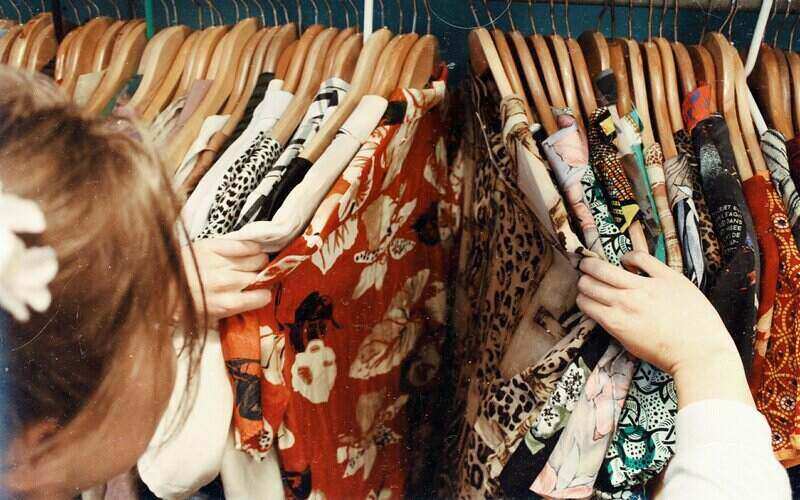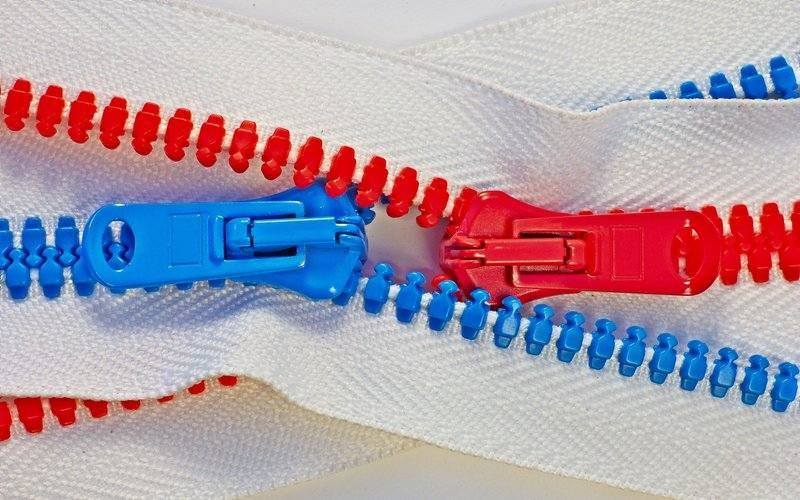A Capital One spokesperson told Reuters journalists that "these kinds of transactions can be risky for customers and the banks that serve them".
That's coming from a company with credit card products featuring interest rates as high as 26.99% p.a.
Afterpay told Reuters that Capital One's decision affects only a "small percentage of Afterpay customers".
Capital One debit cards remain unaffected.
Need somewhere to store cash and earn interest? The table below features savings accounts with some of the highest interest rates on the market.

- Bonus variable rate for the first 4 months on balances up to $250k and high variable ongoing rates.
- No fees and no monthly requirements to earn interest.
- Easily open an account online in 3 minutes.
Back home, a few months ago CommBank and NAB launched their own 'zero interest' credit cards to compete with buy now, pay later (BNPL) platforms.
BNPL platforms are currently not credit regulated because they do not charge interest, and repayments are usually limited to four installments, however there are late fees.
There is concern further regulation could hamper innovation, and that banning BNPL outright could force customers into using riskier payday lending.
However, for former Diners Club and Citi executive Grant Halverson, the writing is on the wall.
"CapOne doesn't want to wear the BNPL bad debt so is pushing it back to BNPL apps," he told Savings.com.au.
"The timing is relevant - with 80 million cards CapOne is also looking at the deteriorating virus situation, US labour market and large unemployment.
"This will create even higher bad debts for BNPL in the US and you would assume other major issuers - JP Morgan, Citi, and Bank of America - all of whom have over 100 million cards, will follow but may not disclose it."
Mr Halverson also said this is not a cynical decision to clamp down on a competitor, as the credit card industry in the US dwarfs the BNPL sector.
"This is purely a CapOne credit/risk decision based on wearing other lenders' risks - they do the same with payday lenders," he said.
"BNPL is so small in the US it doesn't rate."
United States credit card transactions totalled nearly US $4 trillion in the year to date up to October, out of $97 trillion total transactions.
BNPL made up just 0.01% of total transactions, according to The Futurist Group.
This is compared to Australia's credit card use at AUD $245 billion year to date, and BNPL use at AUD $8.9 million.
Credit cards vs BNPL: Debt is down ... or is it?
Reserve Bank data indicates Australians spent $24.6 billion on credit cards in October, with November data yet to be released.
That figure is the highest point since before the pandemic kicked off - in March, credit card spend was about $25.5 billion.
'Balances accruing interest' - i.e. credit card debt - continued to fall in October, however, down to a touch over $21 billion.
You'd have to go back to January 2005 to see a figure that low, though, $21 billion in 2005 dollars is worth about $29 billion today.
According to big banks’ credit card trackers, spending was up over the Black Friday period, coinciding with restrictions easing in Victoria and South Australia.
However, while credit card debt appears to be trending down, the debt could be transferred to the BNPL sector.
The financial regulator reported 20% of BNPL users are missing repayments.
Zip's 'Weekly Spending Index' indicates home services spending was up 76% in October, compared to October 2019.
Petrol & service stations spending was up 55%, skin care up 27%, and household appliances up 25%, but was down on gyms, party planning, ATMs, and pubs and bars.
Zip's index is a granular analysis of more than 1.5 million customers on the platform, as well as 300,000 Pocketbook users.





.jpg)

 Harry O'Sullivan
Harry O'Sullivan
 Brooke Cooper
Brooke Cooper

 William Jolly
William Jolly
 Harrison Astbury
Harrison Astbury

